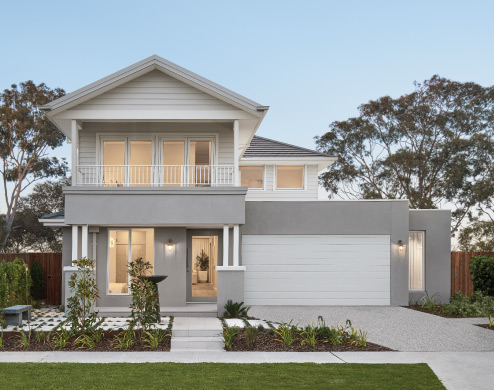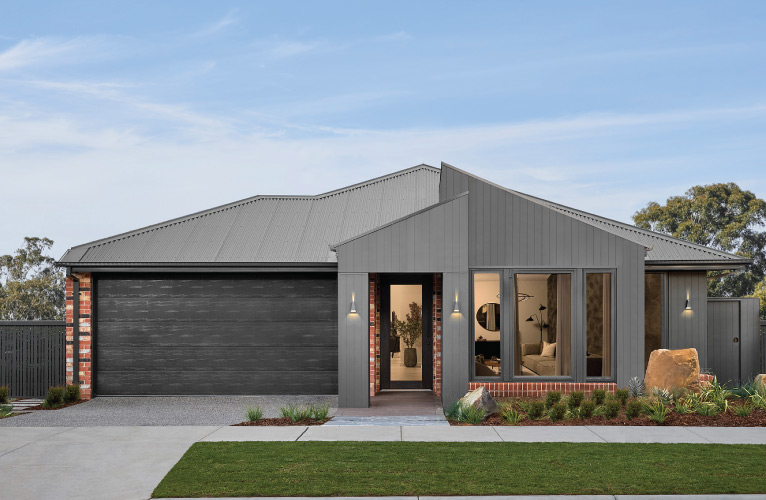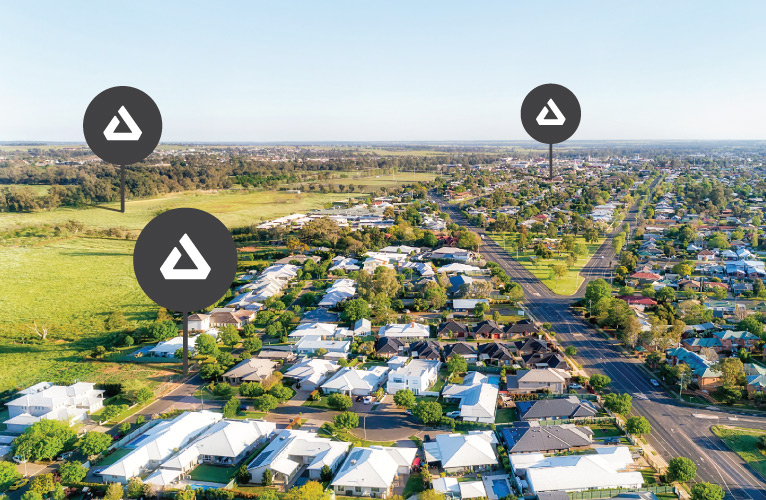CATEGORIES
- ALL
- VIC
- QLD
- SA
- NSW
All Categories
Home Design Inspiration
Home Finance Tips
Home Building Tips
Knockdown and Rebuild
Latest News and Burbank Updates
Property Insights and Investments
Home Building Master Class
All Categories
Home Design Inspiration
Home Finance Tips
Home Building Tips
Knockdown and Rebuild
Latest News and Burbank Updates
Property Insights and Investments
Home Building Master Class
Acreage Retreats to Metropolitan Havens: Exploring Land Options
Suburban or Developed Land:
For those seeking a balance between peaceful living and urban convenience, suburban land offers a great compromise. Suburbs are typically located on the outskirts of cities, providing a quieter environment while still maintaining proximity to urban amenities. Consider the following when exploring suburban land:
a) Community and Amenities: Research the neighbourhood’s characteristics, including the quality of schools, recreational facilities, parks, and shopping centres. Suburbs often foster a sense of community, making it an ideal choice for families.
b) Commuting Distance: Evaluate the distance and ease of commuting to your workplace or other frequently visited areas. Suburban areas usually provide better access to transportation networks, reducing travel times but are typically further away from the big cities.
c) Development and Future Prospects: Understand the planned development in the area and any potential future growth. This knowledge will help you assess the long-term prospects of the suburb and the potential impact on your property value.
Urban or Infill Land – also applies to Knock Down Rebuild:
If you thrive on the energy and vibrancy of city life, urban land is the way to go. Living in the heart of a city offers unparalleled access to entertainment, cultural experiences, and a wide range of amenities. Here are a few key considerations when exploring urban land:
a) Cost: What comes with proximity to services and established areas, often comes at a premium. Weigh up the advantages and disadvantages of these areas when making your decision.
b) Zoning and Density: Cities have diverse zoning regulations that define the types of buildings and their uses. Understand the zoning rules and restrictions to ensure your vision aligns with the urban environment.
c) Transportation and Accessibility: Evaluate the availability of public transportation options and the convenience of commuting within the city. Proximity to major highways, airports, and public transit hubs can significantly impact your daily routines.
Acreage Land:
If you yearn for tranquillity, expansive views, and a closer connection to nature, acreage land might be the perfect fit for you. These idyllic properties are typically situated outside urban areas, offering vast open spaces, rolling hills, and picturesque landscapes. Here are some key factors to consider when exploring rural land:
a) Zoning and Building Regulations: Familiarise yourself with local zoning laws and regulations governing the use of rural land. Understand any limitations or requirements in terms of building size, setback distances, and environmental considerations.
b) Accessibility: Consider the proximity to amenities such as schools, healthcare facilities, and shopping centres. Rural living provides seclusion but ensure that essential services are within a reasonable distance to meet your daily needs.
c) Utilities and Infrastructure: Determine the availability of utilities such as water, electricity, and internet connectivity. Additionally, assess road conditions and access to ensure convenience and connectivity.
Choosing the right type of land is an important step in building your dream home. Whether you seek the tranquillity of rural living, the balance of suburban life, or the excitement of urban adventures, each type of land offers distinct advantages. By considering factors such as zoning regulations, accessibility, amenities, and neighbourhood dynamics, you can make an informed decision that aligns with your vision and lifestyle. So, embark on this land exploration.






















